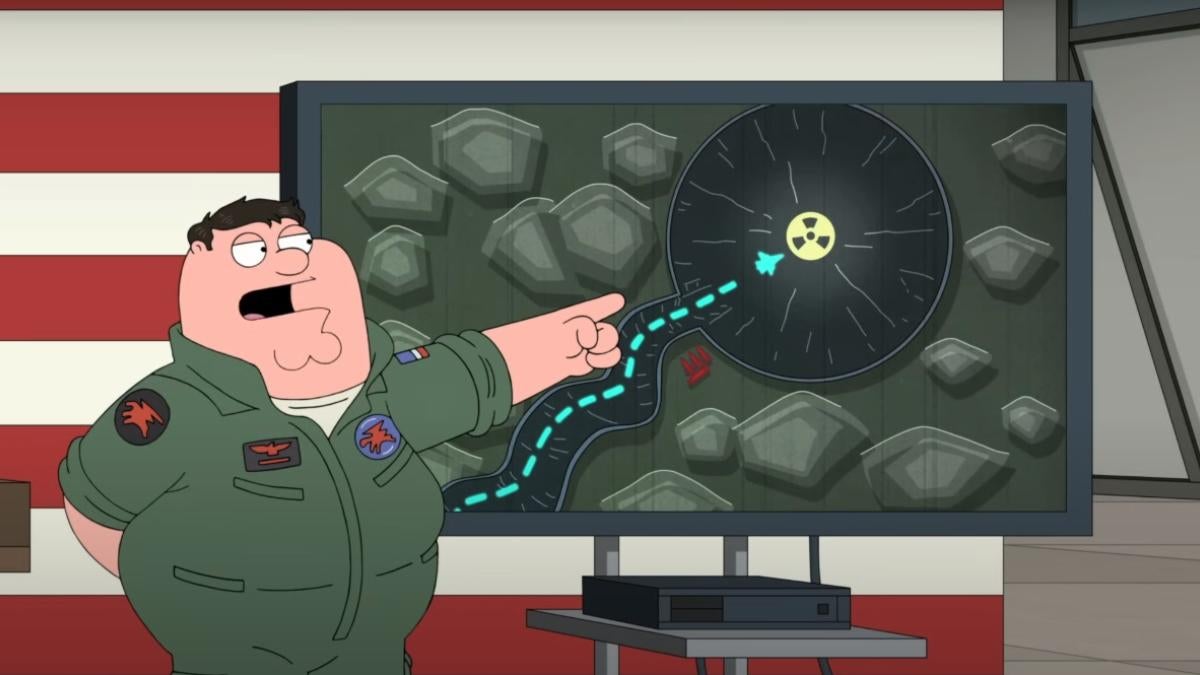'Wargroove' Review: A Classic Formula and a New Favorite
Wargroove is perhaps best described as a meeting of Fire Emblem and Advance Wars, but referring to [...]
Wargroove is perhaps best described as a meeting of Fire Emblem and Advance Wars, but referring to it only as that almost seems like a disservice to what Chuckefish has created. It certainly takes influence from those games, with the features of Advance Wars games seen most prominently, but it's got more than enough depth and character to strike out on its own as what'll likely become a favorite in strategy gamers' libraries.
A turn-based strategy game from the publisher that basically became a household gaming name after publishing Stardew Valley, Wargroove supports one to four players and builds on the classic formula of games like Advance Wars with new mechanics and a cast of characters where favorites immediately stand out. Players progress through a world map in Wargroove's story mode while commanding different units that are uniquely named according to what faction they're from, but essentially boil down to infantrymen, archers, knights, mages, and so on. Units are "built" at barracks or similar structures with gold, and that gold is earned by capturing settlements, so there's a constant struggle for map dominance while clearing out enemies.
By directing these units around the map to do battle, players assume the role of a faction's Commander, a separate unit itself who's much stronger than others but also must be protected at all costs since they're the center of one of the missions' multiple win conditions. These Commanders are where the game's namesake comes into play with each one of them having their own "Groove," a mechanic akin to Advance Wars' abilities each Commanding Officer had. By using Wargroove's Commanders in combat, players charge up their Groove and can then unleash it at the right moment. Grooves are versatile and can destroy, heal, impede movement, or perform a number of other effects that can turn a battle around. These Grooves are tied to individual Commanders, but each one of the faction leaders has enough going for them to make them appealing so that you'll never feel like you're stuck with a character just for their move whether it's in the game's arcade or story mode.

While managing Commanders' Grooves, players also must be wary of another brilliant layer of Wargroove: the critical hit system. There's no hit chance in Wargroove like you'd find in a Fire Emblem game, so your attacks are always going to land, but how hard they hit depends on how you position your units. A dog unit, for example, will land a critical hit assuming there's another dog adjacent to the enemy being attacked to create a scenario where the enemy is surrounded. Cavalry on the other hand will always land a critical hit if they attack after moving their maximum distance of six units. The idea is a simple one, but combined with the standard damage matrix that makes certain units better against others, it'll make players think even further ahead when they're making their moves. Instead of figuring out what can be destroyed in a turn while still keeping units safe, you'll have to position them accordingly so that you can maximize damage by landing a guaranteed critical hit one or two turns down the road.
Knowing and mastering these mechanics will be essential the further players get into Wargroove because the game can certainly be difficult at times. Three difficulty sliders adjust variables like how quickly gold is earned and Grooves are charged with the default settings referred to as the intended Wargroove experience, but even if they're left at the default configuration, the jump in difficulty is noticeable on certain missions. It's not enough to require players to cheese the game somehow by relying only on a Commander and healing units or anything like that, but embarking on the side missions that appear throughout the story mode is when players will find some of the more challenging missions that'll require some more attention than just building expensive units and watching them plow through enemies.
Those side missions are totally optional, but completing them will unlock different Commanders for the arcade mode and, perhaps more importantly to some, will unearth lore. Lore in Wargroove is restricted mostly to the backstories of different Commanders and the factions they come from, and even though there are distinct archetypes that the characters are based on, unlocking and learning about their lore and relationships will make them stand out even more. If you're wondering why Caesar, a literal canine Commander in Wargroove that players will occasionally play as, came to lead units through barks and snarls and has his own personal guards, you'll need to dig into the lore.

Beyond the story mode that'll already keep players busy for hours, the arcade, multiplayer feature, and custom creation modes just keep extending the experience. The story mode alone is already worth the $20 price tag, but the fact that other players can create their own scenarios for others to enjoy means there will always be one more mission to do. The custom creator lets people build their own maps and campaigns to share with others, and the arcade mode will teach you even more about the Commanders and their motivations by peeling away at the lore.
If there were any gripes to be had about Wargroove, it's that not all of the conventions found in other turn-based titles made their way into Chucklefish's game. An enemy unit can be selected to see how far they can move and where they can do damage, but there's no option to select multiple units to create a grid that shows where a unit would be in danger. It's a feature Fire Emblem players will know is a useful one when trying to make a move, but without it, you'll find yourself double- and triple-checking an enemy's range by scrolling back and forth between the two forces before making a move. There is an option to either partially or wholly remove the combat animations to speed a mission along and a button can be hold down to make units move quicker, but that same button is also the one that pulls up a unit's information, so you'll occasionally find yourself essentially pausing the game by accident during an enemy's turn if you press that button on either the terrain or a unit. The pixellated graphics style can also make it difficult at times to see what's what in the damage matrix for each unit, especially since every factions' units look different, but understanding that table is something that comes naturally the more you play.
Aside from the mostly inconsequential complaints about the UI and options, it's hard to find much wrong with Wargroove. It gives you as big of an experience as you'd have any other turn-based game but does so for a fraction of the price. Wargroove's already a must-have for anyone who favors these types of games, and if Chucklefish keeps the series going, it's going to be just as big as the Advance Wars series it draws from and might even surpass it.
Rating: 5 out of 5
Wargroove releases for the PlayStation 4, Xbox One, Nintendo Switch, and PC on February 1st for $19.99. You can check out purchasing details on Chucklefish's site.




